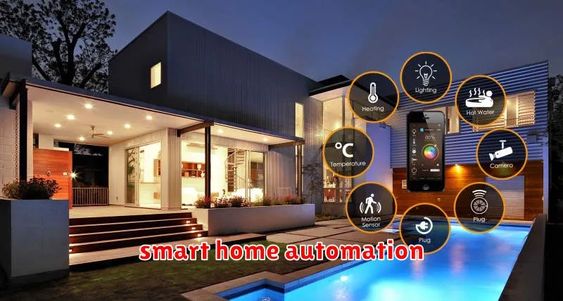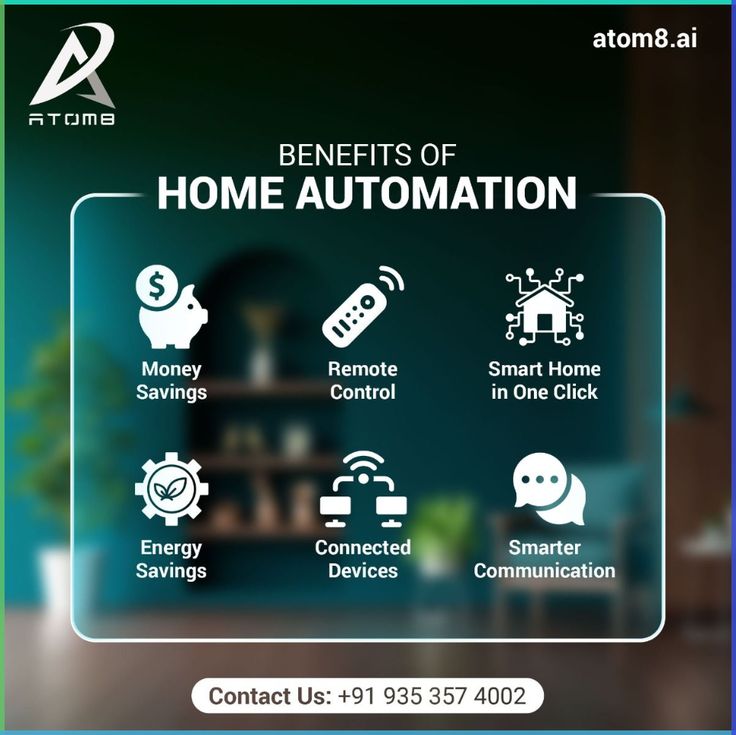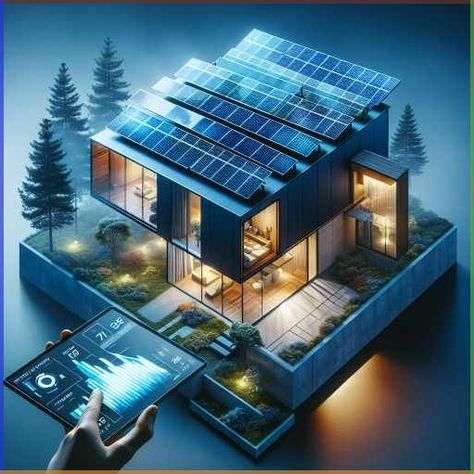The concept of smart home automation System has been around for decades, but it’s only in recent years that it has become a tangible reality. With the rise of IoT (Internet of Things) devices and advancements in technology, smart homes have transformed from a futuristic fantasy to a present-day convenience.
In this blog, we’ll delve into the world of smart home automation, exploring its benefits, components, and the potential it holds for revolutionizing the way we live.

*What is Smart Home Automation System?*
Smart home automation system refers to the integration of various devices and systems within a home to create a seamless, efficient, and connected living experience. This integration allows homeowners to control and monitor their home’s functions remotely, using smartphones, tablets, or voice assistants.
*Benefits of Smart Home Automation System*
1. *Energy Efficiency*: Smart home devices optimize energy consumption by automatically turning off lights, appliances, and HVAC systems when not in use.
2. *Convenience*: Control your home’s functions from anywhere, at any time, using your smartphone or voice assistant.
3. *Security*: Receive notifications and monitor your home’s security systems remotely.
4. *Comfort*: Adjust lighting, temperature, and entertainment systems to create the perfect ambiance.
5. *Increased Property Value*: Smart home automation can boost your home’s resale value.
Table of Contents
*Components of Smart Home Automation*
1. *Hub or Controller*: The central brain of your smart home system (e.g., Amazon Echo, Google Home).
2. *Sensors*: Detect and respond to changes in temperature, light, motion, and more.
3. *Actuators*: Devices that perform actions (e.g., turning on lights).
4. *Smart Devices*: Thermostats, security cameras, door locks, and appliances.
*Popular Smart Home Devices*

1. *Amazon Echo and Alexa*
2. *Google Home and Assistant*
3. *August Smart Locks*
4. *Nest Learning Thermostat*
5. *Philips Hue Smart Lighting*
*How to Automate Your Home*
1. *Start Small*: Begin with a single device or system.
2. *Choose a Hub*: Select a compatible hub or controller.
3. *Integrate Devices*: Connect devices to your hub.
4. *Customize Scenes*: Create personalized automation scenarios.

*Future of Smart Home Automation*
1. *Artificial Intelligence (AI)*: AI-powered automation will learn and adapt to your habits.
2. *Voice Control*: Voice assistants will become even more prevalent.
3. *5G Connectivity*: Faster connectivity will enable seamless smart home experiences.
4. *Integration with Wearables*: Smart homes will integrate with wearable devices.
*Challenges and Limitations*
1. *Security Concerns*: Protecting sensitive data and preventing hacking.
2. *Interoperability*: Ensuring device compatibility.
3. *Cost*: High upfront investment.
4. *Complexity*: Setting up and maintaining smart home systems.
What is Smart Home Automation?

Smart home automation refers to the integration of various devices and systems within a home to create a seamless, efficient, and connected living experience. This integration allows homeowners to control and monitor their home’s functions remotely, using smartphones, tablets, or voice assistants.
*Conclusion*
Smart home automation has revolutionized the way we live, offering unparalleled convenience, energy efficiency, and security. As technology advances, we can expect even more innovative solutions to emerge.
Whether you’re a tech-savvy enthusiast or a curious homeowner, embracing smart home automation can transform your living space into a comfortable, connected, and sustainable haven.
